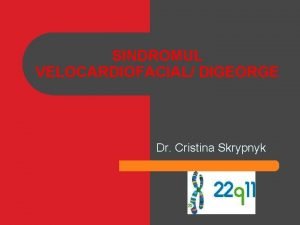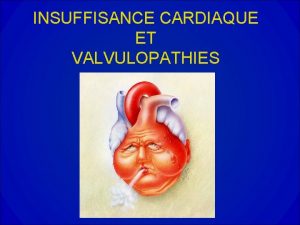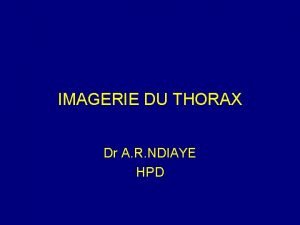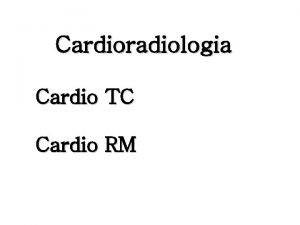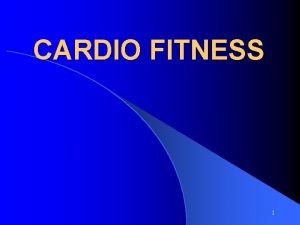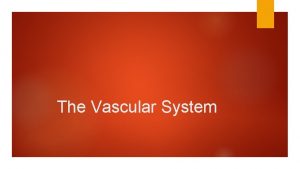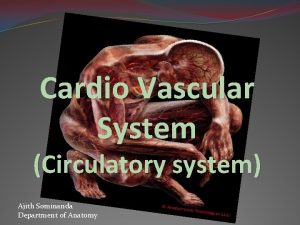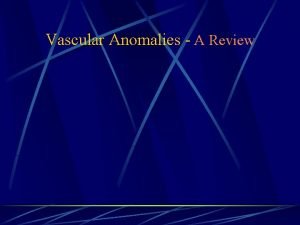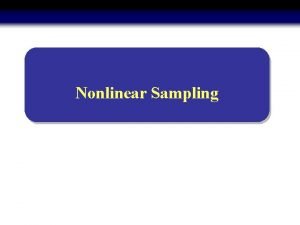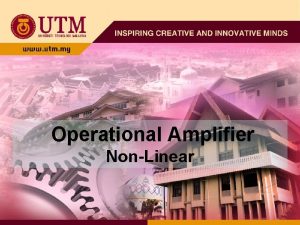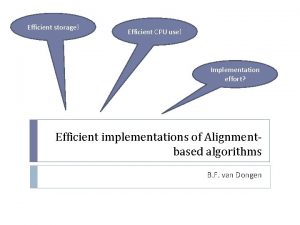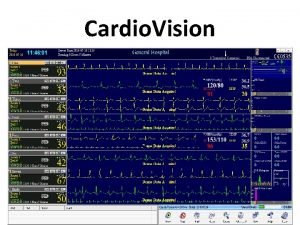Efficient Implementation of a Nonlinear Cardio Vascular System












- Slides: 12

Efficient Implementation of a Non-linear Cardio. Vascular System Model for Real-Time Therapy Assistance in Critical Care THE 12 th INTERNATIONAL CONFERENCE ON BIOMEDICAL ENGINEERING C. E. Hann 1, J. G. Chase 1, G. M. Shaw 2, 1 Department 2 of Mechanical Engineering, University of Canterbury, Christchurch, New Zealand Department of Intensive Care Medicine, Christchurch Hospital, Christchurch, New Zealand

Introduction • Cardiovascular disturbances difficult to diagnose • Masked by reflex response • Disease scenarios, clinical history, quick diagnosis experience, intuition • Physiological, identifiable, validated computer model • FE methods • PV methods, specific CVS function • Minimal cardiac model – primary parameters • Model drug treatment fast forward simulations, set up the maths right standard PC, palm pilot

Single Chamber

Full Model • Event solver, computationally heavy, many combinations

Heaviside formulation Filling: Q 1 valve doesn’t shut Q 1 valve shuts inertia Contraction: Q 2 valve opens open on pressure • Ejection and relaxation, similar

Simpler Heaviside formulation Q 2 small transient

Ventricular Interaction • • Has no direct solution Solve for Vspt every time step very slow approximation Vspt, old

Results • • Simulate healthy human Output Value Cardiac output 5. 3 L/min Max Plv 119. 2 mm. Hg Max Prv 26. 2 mm. Hg Pressure in aorta 116. 6/79. 1 mm. Hg Pressure in pulmonary artery 25. 7/7. 8 mm. Hg Computational times Method CPU time (s) Event solver 101. 9 Speed increase First Heaviside 70. 0 1. 5 Simpler Heaviside 26. 3 3. 9 4. 3 23. 7 Simpler Heaviside + analytical Vspt formula

Results • New method versus first Heaviside (20 heart beats) • New method 19 beats + first Heaviside 1 beat versus first Heaviside 20 heart beats

Results • Comparing the accuracy of the new method Disease state Total & error Mean S. D. Healthy 0. 14 0. 21 Mitral stenosis 0. 20 0. 28 Aortic stenosis 0. 15 0. 22 Pulmonary embolism 0. 18 0. 31 Septic shock 0. 09 0. 15

Conclusions • New method 24 times faster • No loss in accuracy • Clinically, simulate large number of treatments • Future work – non-linear D. E’s piecewise analytical solutions standard PC or palm pilot, real time • Human trials planned

Questions ? ? ? Dr Geoff Chase Dr Geoff Shaw AIC 2, Kate, Carmen and Nick Dr Bram Smith
 Vascular vs nonvascular plants
Vascular vs nonvascular plants Anthiridium
Anthiridium Vascular and non vascular difference
Vascular and non vascular difference Productively efficient vs allocatively efficient
Productively efficient vs allocatively efficient Productively efficient vs allocatively efficient
Productively efficient vs allocatively efficient Productively efficient vs allocatively efficient
Productively efficient vs allocatively efficient Productively efficient vs allocatively efficient
Productively efficient vs allocatively efficient Allocative efficiency vs productive efficiency
Allocative efficiency vs productive efficiency Vddi cardio
Vddi cardio Semnele stopului cardiorespirator
Semnele stopului cardiorespirator Arii malare
Arii malare Index cardio thoracique
Index cardio thoracique Signe de convergence hilaire
Signe de convergence hilaire










